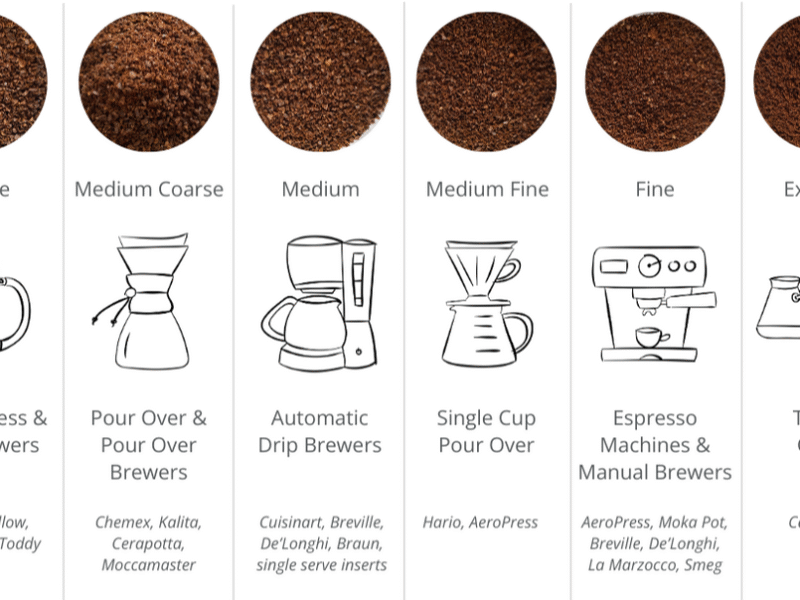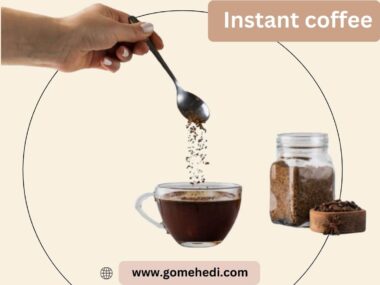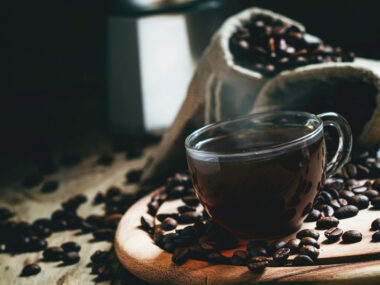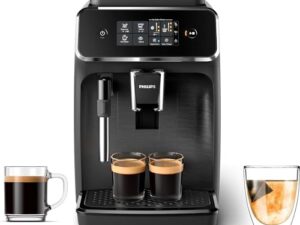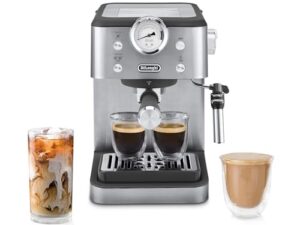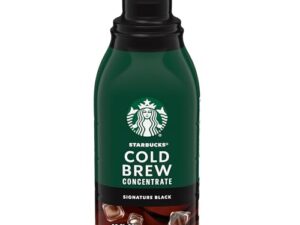How fine should you grind your coffee beans? It’s a simple question, but the answer can completely change the way your coffee tastes.
If you’ve ever wondered why your morning cup feels bitter, weak, or just off, the grind size might be the hidden culprit. Getting this right means unlocking the full flavor and aroma you crave. Keep reading, and you’ll discover exactly how to find the perfect grind for your brew—making every sip a moment you look forward to.
Coffee Grind Basics
Grinding coffee beans is a key step in making good coffee. The size of the grind changes how water moves through the coffee. This affects the taste and strength of your brew. Understanding grind basics helps you brew better coffee at home.
Different brewing methods need different grind sizes. Using the wrong grind can make coffee taste bitter or weak. Knowing the right grind size is the first step to great coffee.
Why Grind Size Matters
Grind size controls the surface area of coffee exposed to water. Finer grinds have more surface area, so water extracts flavors faster. Coarser grinds have less surface area, slowing extraction.
The right grind size balances extraction speed and flavor. Too fine, and coffee tastes bitter or over-extracted. Too coarse, and coffee tastes sour or weak.
Grind size also affects brewing time. Espresso needs fine grinds for a short brew. French press needs coarse grinds for a longer brew.
How Grind Affects Flavor
The grind size changes how flavors come out in coffee. Fine grinds extract more oils and acids quickly. This can make coffee strong and intense.
Coarse grinds extract flavors slowly. This keeps coffee smooth and mild. It also reduces bitterness.
Matching grind size to your brew method helps balance taste. It brings out the best flavors in your coffee beans.

Credit: www.drinktrade.com
Grind Sizes Explained
Grind size plays a big role in brewing coffee. It controls the taste and strength of your drink. Different brewing methods need different grind sizes. Knowing these sizes helps you choose the right one for your coffee maker. Let’s explore the main grind sizes and what they mean for your cup.
Extra Coarse
Extra coarse grind looks like large, chunky pieces. It feels rough and is easy to see. This size works best for cold brew coffee. It allows water to flow slowly and extract flavor gently. It also prevents over-extraction, keeping the taste smooth and mild.
Coarse
Coarse grind is similar to sea salt in texture. It is great for French press brewing. The larger particles take longer to brew. This grind size helps produce a full-bodied cup. It stops coffee from tasting bitter or too strong.
Medium
Medium grind looks like regular sand. It suits drip coffee makers and pour-over methods. This size offers balanced extraction. It provides a clean and smooth flavor. Medium grind is a popular choice for many coffee drinkers.
Fine
Fine grind is like table salt in texture. It works well for espresso machines. The small particles allow fast brewing under pressure. This grind size brings out strong, rich flavors. It creates a bold and intense coffee experience.
Extra Fine
Extra fine grind feels like flour or powder. It is used for Turkish coffee. This grind size mixes completely with water. It produces a thick, heavy coffee. The taste is powerful and concentrated.
Matching Grind To Brewing Methods
Choosing the right grind size is key to a good cup of coffee. Different brewing methods need different grind sizes. The grind affects how water flows through the coffee grounds. This changes the taste and strength of the coffee. Match the grind size to your brewing method for best results.
French Press
French Press uses a coarse grind. Large particles stop coffee from slipping through the mesh filter. Coarse grind lets water flow slowly. This helps make a rich, full-bodied coffee.
Pour Over
Pour Over needs a medium-fine grind. The grind should be like sand. This size allows water to flow steadily. It extracts balanced flavors and clean taste.
Espresso
Espresso demands a very fine grind. It looks like powdered sugar. Fine grind helps pressurize water through coffee quickly. This creates strong, concentrated coffee with a thick crema.
Cold Brew
Cold Brew uses a very coarse grind. Large pieces keep water flowing slowly over hours. This method makes smooth, low-acid coffee perfect for cold drinks.
Aeropress
AeroPress grind size varies. Medium to fine grind works best. Fine grind makes stronger coffee fast. Medium grind gives lighter, clearer coffee. Adjust grind based on your taste.
Tools For Grinding
Choosing the right tool for grinding coffee beans is key to a good brew. Different grinders offer different results. The grind size affects flavor and brewing time. Knowing the tools helps you get the best taste from your beans.
Blade Grinders
Blade grinders use a spinning blade to chop the beans. They are usually cheaper and easy to find. The grind size is not very consistent. Some pieces may be fine, others coarse. This unevenness can affect the coffee’s taste. Blade grinders work well for drip coffee or French press.
Burr Grinders
Burr grinders crush the beans between two abrasive surfaces. This method gives a more uniform grind size. Burr grinders let you adjust how fine or coarse the coffee will be. They come in two types: flat burrs and conical burrs. Burr grinders are better for espresso and pour-over coffee.
Manual Vs Electric
Manual grinders require hand turning to grind beans. They are quiet and portable. Manual grinders give good control over grind size. Electric grinders work faster and need less effort. They suit busy mornings or large amounts of coffee. Both types can use burr or blade technology.
Tips For Consistent Grinding
Consistent coffee grinding helps make every cup taste great. It keeps the flavor steady and avoids weak or bitter coffee. Follow simple tips to keep your grind size even. This makes brewing easier and improves your coffee experience.
Measuring Your Grind
Use a small scale or spoon to measure coffee grounds. Always grind the same amount for each brew. This keeps the coffee strength balanced. Avoid guessing the amount. Measuring helps control the taste better.
Adjusting Grind Size
Change grind size based on your brewing method. Use coarse grind for French press and fine grind for espresso. Test small changes to find what fits your taste. Adjust slowly, not too much at once. Note the results for next time.
Cleaning Your Grinder
Clean your grinder regularly to stop old coffee buildup. Buildup can change the taste and clog the machine. Use a brush or cloth to wipe it out. Clean parts help keep grind size steady and fresh.
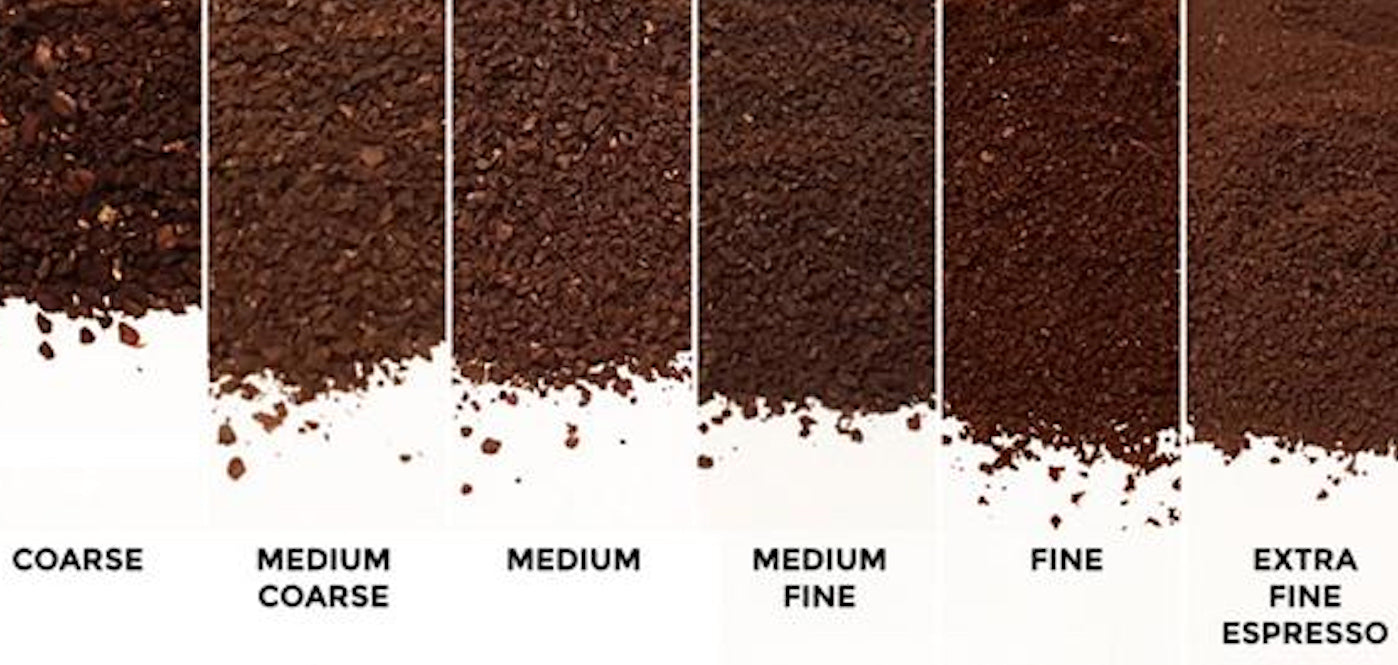
Credit: weaverscoffee.com
Troubleshooting Common Issues
Troubleshooting common coffee grinding issues helps improve your brew quality. Small changes in grind size affect taste and extraction. Knowing how to fix problems saves time and frustration.
Below are common issues and how grind size plays a role. Follow these tips to get better coffee every time.
Bitter Or Sour Coffee
Bitter coffee usually means over-extraction. The grind might be too fine, causing water to extract too many bitter compounds. Sour coffee means under-extraction. The grind might be too coarse, leaving acids behind.
Adjust grind size to balance extraction. Finer grinds bring more flavor, but watch out for bitterness. Coarser grinds reduce bitterness but can cause sourness.
Uneven Extraction
Uneven extraction happens when water flows through coffee unevenly. This causes some parts to be over-extracted and others under-extracted. Grind consistency is key here.
Use burr grinders for uniform grind size. Avoid blade grinders, which create uneven particles. Consistent grind size ensures even water flow and better taste.
Grind Size Too Coarse Or Fine
Grind size depends on brewing method. Too coarse grinds make weak, watery coffee. Too fine grinds make coffee thick and bitter.
Espresso needs fine grounds. French press needs coarse grounds. Match grind size to your brewing style for best results.
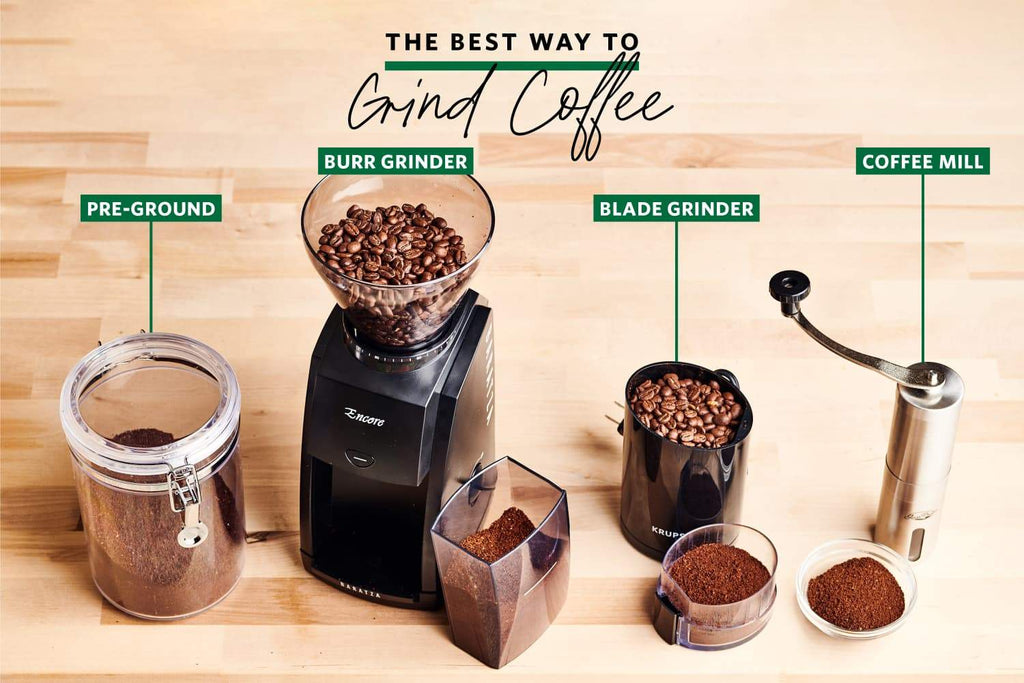
Credit: nusacoffeecompany.com
Frequently Asked Questions
How Does Grind Size Affect Coffee Flavor?
Grind size controls extraction speed and flavor balance. Finer grinds extract quickly, producing stronger taste. Coarser grinds extract slower, yielding milder flavors. Adjusting grind size helps optimize taste for different brewing methods.
What Grind Size Suits Espresso Machines Best?
Espresso requires a fine grind to ensure proper pressure extraction. The grind should be powdery but not too fine to avoid over-extraction. Properly ground espresso produces rich crema and intense flavor.
Can Grind Size Influence Coffee Brewing Time?
Yes, grind size directly impacts brewing time. Finer grinds increase surface area, speeding up extraction. Coarser grinds slow extraction and lengthen brewing time. Adjust grind size to match your coffee maker’s ideal brew time.
Why Is Uniform Grind Size Important?
Uniform grind ensures even extraction and balanced flavor. Uneven grinds cause inconsistent extraction, leading to bitterness or sourness. Consistent grind size enhances coffee quality and brewing control.
Conclusion
Choosing the right grind size affects your coffee’s taste and strength. Coarser grounds work well for slow brewing methods. Finer grounds suit quick extraction styles like espresso. Experiment with different grinds to find what you enjoy most. Remember, small changes can make a big difference.
Freshly ground coffee always tastes better. Keep your grinder clean for consistent results. Your perfect cup is just a grind away.
